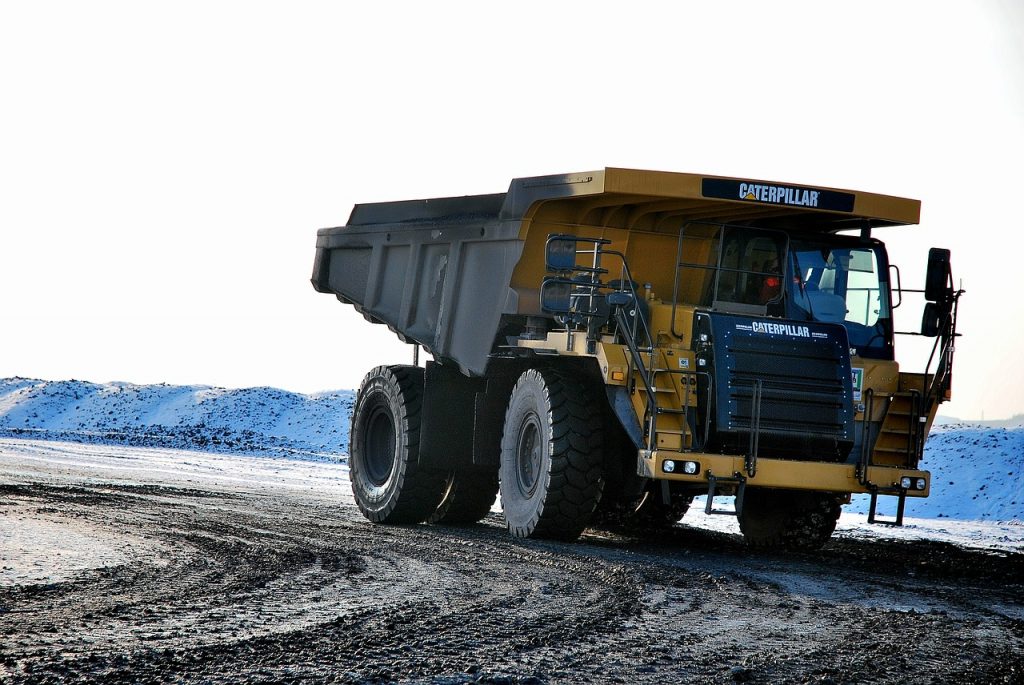Dump Truck Tipovers – Drivers
Dump Truck Tipovers – Drivers
Explain dangers
Dump trucks have tipped over when their boxes were lifted. The result has been death and injury to drivers and nearby workers.
When the box is raised, the centre of gravity changes and the dump truck becomes unstable.
Just consider some of the dimensions and forces involved. A dump trailer that is 14 m (46 ft) long and is raised at a 45-degree angle will be around 13 m (42 ft) high. That’s a lot of height and weight to keep balanced.
Stability can be affected by one or more of these factors:
• The truck is not on a level surface when dumping
• A large amount of material is stuck in the upper portion of the raised box
• The material does not flow out of the top portion (or one side of the top portion) of the box
• The rear wheels settle unevenly in soft ground as the load moves to the rear during dumping
• The wind exerts lateral force on the load.
Stability may also be affected by the mechanical condition of the truck:
• Poor rear suspension systems on one side of the vehicle
• Uneven tire pressures in rear wheels
• Worn or inadequate components of the lifting system such as pins or lifting cylinders.
Identify controls
Let’s take a few minutes to review basic operating procedures.
• At the loading point, make sure that the load is distributed evenly in the box. the truck.
Be aware of the truck’s capacity and don’t overload it.
• Remember that long boxes tip more easily than short boxes.
• Avoid dumping in high winds.
• Always make sure that trailer and tractor are aligned before dumping.
• Dump only on level ground. On slopes, dump downhill rather than up—the box doesn’t have to be raised as high.
• Take extra care when dumping sticky material like clay and asphalt. It may stick to one side of the raised box and not to the other. Or it may stick in the upper portion, creating a top-heavy load. Either condition can lead to uneven weight, imbalance, and tipover.
• Don’t leave a load in the truck overnight. It will stick to the box, especially in freezing temperatures.
• Keep your truck in good condition. Tire pressures should be equal on each side.
Examine and lubricate pins and bushings regularly. Inspect suspension systems and hoist cylinders. Ensure that the latch on the box works properly.
• Stay in the cab during dumping and keep your seatbelt on. You’re less likely to be injured in a rollover. If the truck starts to tip, DON’T TRY TO JUMP OUT.
• Always lower the box before moving the truck. This lowers the centre of gravity and prevents rocking, swaying, and instability.
It also prevents contact with overhead obstructions and powerlines.
• Keep lift axles down while dumping. Loads will be distributed over more bearing surfaces and the truck will not sink as easily in soft ground.
• Do not dump when parked near people or beside another vehicle. If the truck tips over, it could injure those nearby or the other driver.
Demonstrate
Inspect the boxes on one or two dump trucks.
Check that the latch works properly. Point out any defects or damage.
For more information, visit the IHSA website.

